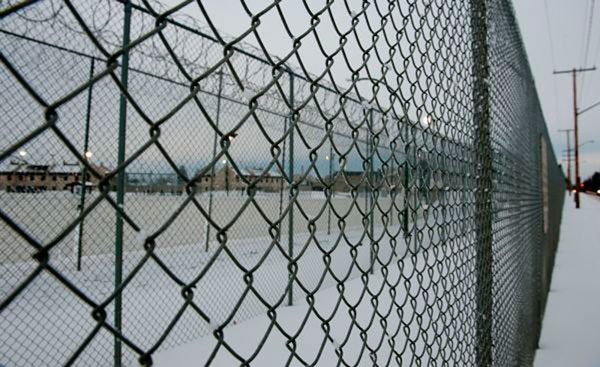Saskatchewan’s Ombudsman Mary McFayden says inmates in the province’s correctional centres aren’t being treated fairly in the disciplinary process—that’s according to her 2019 report tabled on Monday.
When an inmate is charged for offences such as fighting, trying to escape, threatening others or taking part in gang activity, they’re entitled to a “full and fair” hearing under The Correctional Services Act, 2012.
These hearings includes disciplinary panels to decide whether the inmate is guilty and, if so, what their consequences will be.
But, says the report, this process often doesn’t lend a fair hand to inmates. Members on the panel are subconsciously biased and inmates aren’t being given the information to provide a proper defence, it reads.
The Prince Albert Correctional Centre received 90 complaints in 2019, a slight increase from 87 in 2018. The number of complaints regarding the Pine Grove Correctional Centre, however, dropped significantly from 81 to 51.
The total numbers of complaints in provincial correctional centres was 579 in 2019, down from 767 the previous year.
Within last year’s complaints, inmates spoke out about who exactly was on the disciplinary panels: staff from the facilities where the charges were laid and the hearings were held.
The report said Ombudsman Saskatchewan believes correctional staff are “genuinely interested” in the fairness of inmates.
“However, their task is made much more difficult when they are made to play the roles of witness, police officer and judge,” it says.
“Panel members all work in the same facility. In this context, ensuring the discipline system is fair and that decision makers are not struggling with their own bias, whether at an institutional or individual level, is virtually impossible.”
Additionally, although inmates have the right to appeal the panels’ decisions, they often didn’t see the point. The report said because sanctions are applied immediately, an appeal is meaningless since they’ve already faced the consequences.
The report said inmates also didn’t receive notice of evidence that would be put forward at the hearing, which didn’t give them a fair chance for defence. Additionally, they weren’t allowed to call up other inmates or staff who witnessed the events resulting in the charge.
“We were told that this was because they may have been coerced to provide false evidence,” read the report.
“We agree that if there is actual evidence that an inmate’s information is being coerced, it would be reasonable for a panel not to allow it. However, panels must provide a full and fair hearing, and this requires them to establish and determine the credibility of witnesses.”
The ombudsman reviewed the disciplinary process in Saskatchewan’s four adult correctional facilities, interviewing the inmate committee and staff who sat on the panel.
Ombudsman Saskatchewan made nine recommendations to the Ministry of Corrections and Policing based off of its review.
One recommendation was ensuring inmates are given all relevant evidence available to the discipline panels, including all written accounts and video of the incident leading to the charge.
Similarly, another recommended ensuring the panel considers relevant video evidence. This is because the ombudsman found some facilities didn’t rely on video because it was logistically inconvenient.
It also recommended the Ministry of Corrections and Policing develop guidelines to ensure the panel allows inmates to call witnesses, whether staff members or other inmates.
Another said the ministry should implement a process requiring panel members to declare they have no bias or disclose the nature of the bias in each individual case.
All nine recommendations were accepted.
The ombudsman, also the public interest disclosure commissioner, receives complaints from people who think they have been treated unfairly by a provincial or municipal service. This includes ministries, cities, towns, rural municipalities, Crown corporations and most publicly-funded health entities.


